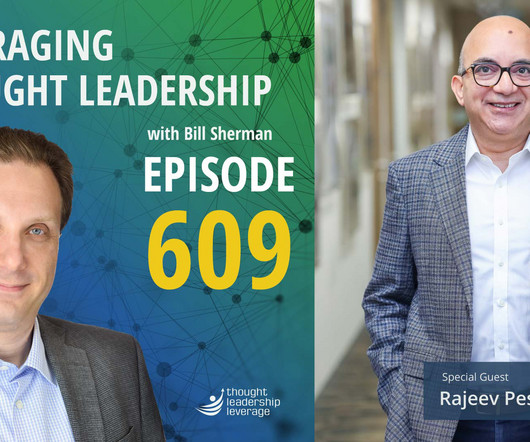Why Gender Diversity on Boards Doesn’t Hurt Bank Performance
UVA Darden
MAY 8, 2025
Why Gender Diversity on Boards Doesnt Hurt Bank Performance fosterl Thu, 05/08/2025 - 12:28 Image 12 May 2025 Strategy Chinelo Nwangwu The recent push for greater gender diversity on corporate boards has sparked debate some say it improves performance, others warn it trades profits for social goals. So, which is it?














Let's personalize your content